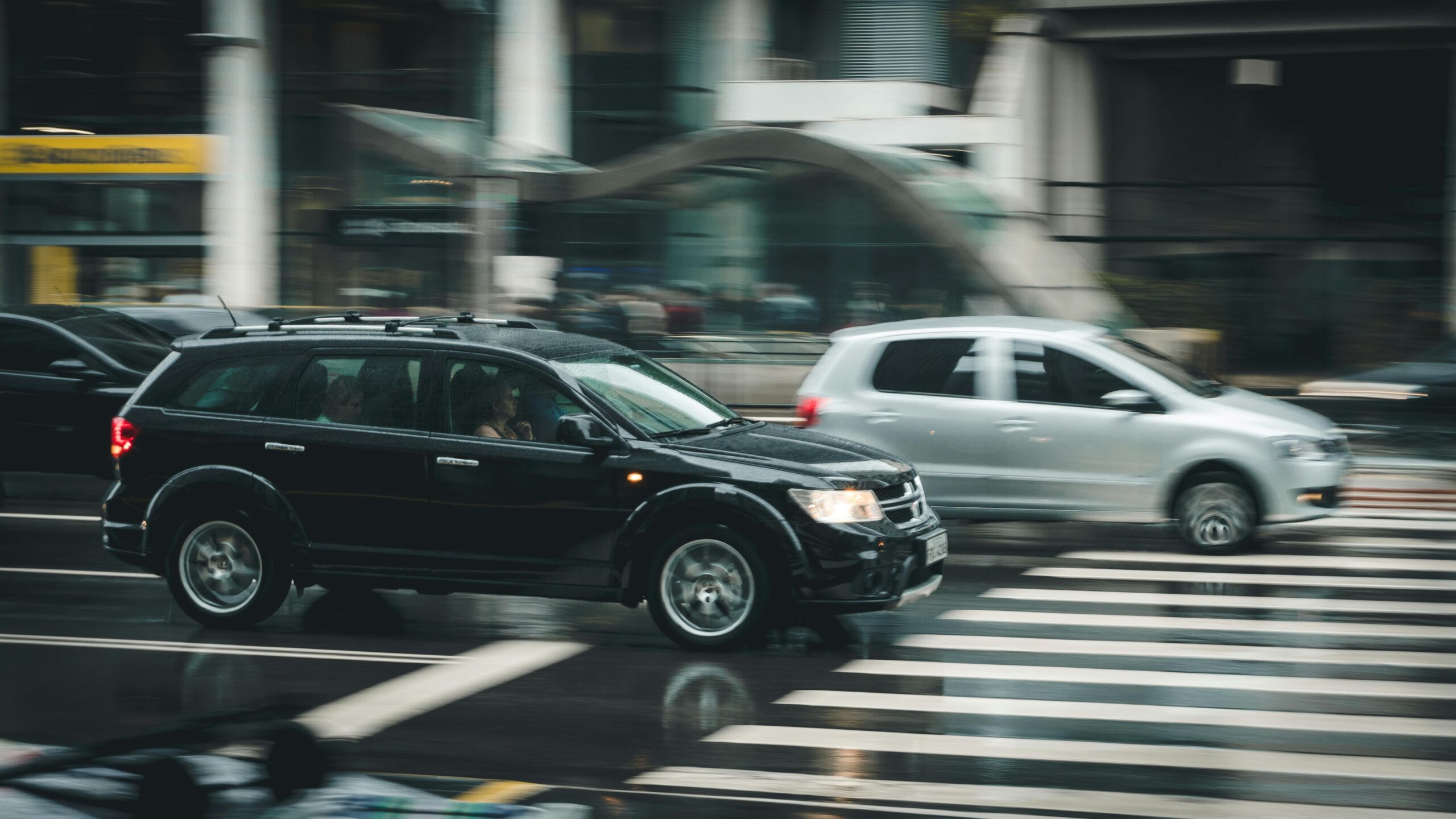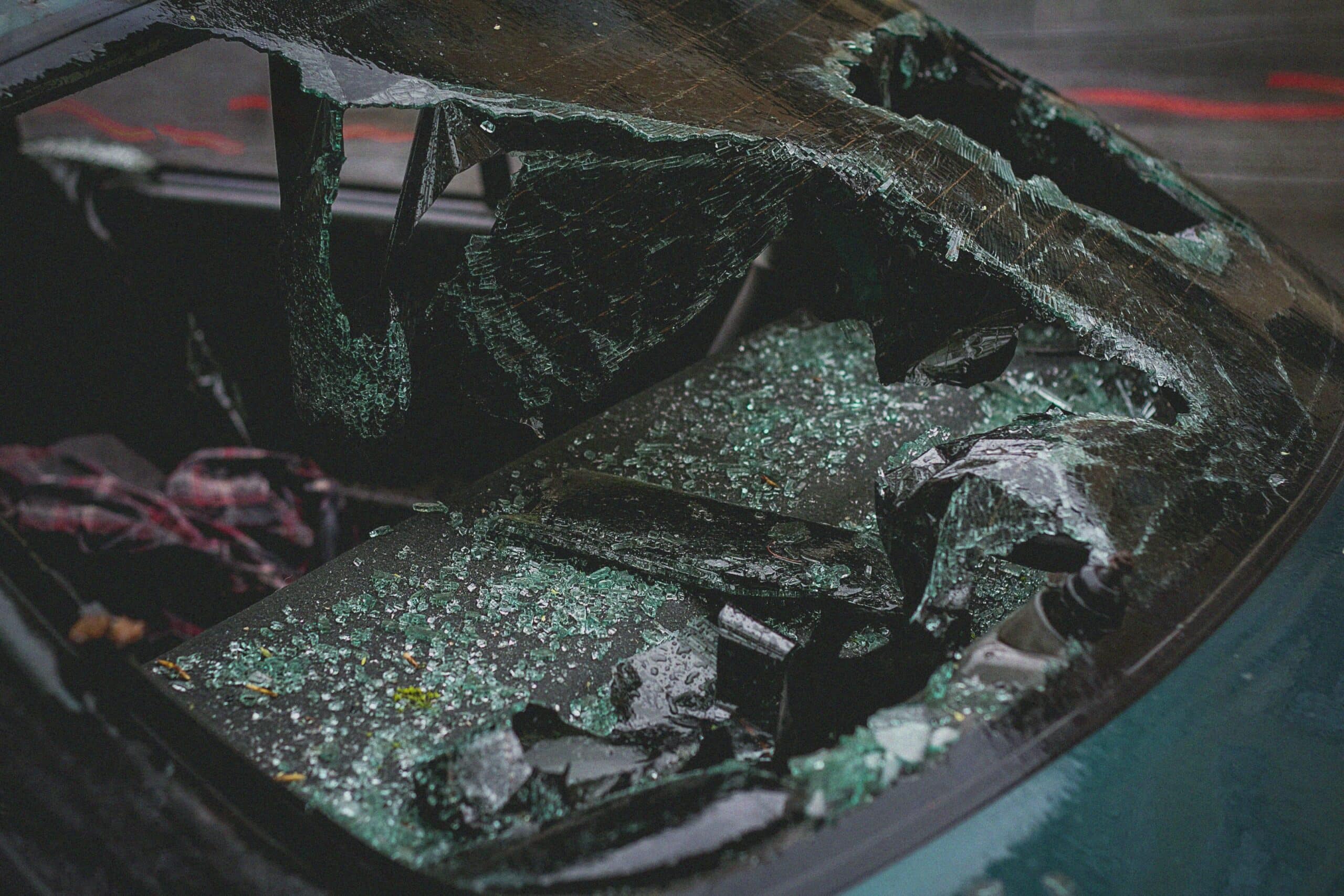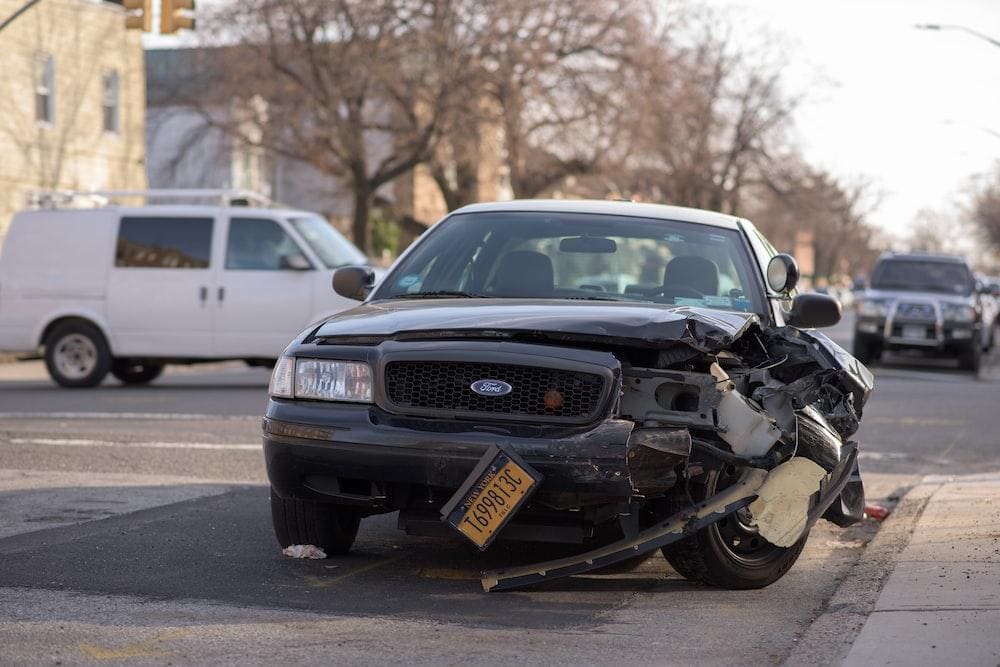
Car accidents don’t just leave a dent in your vehicle. They trigger medical bills, emotional distress caused by trauma, and property damage that demands attention. For many victims, the true burden begins the moment the accident occurs. They face off against insurance companies, navigate the litigation process, and fight to seek compensation for mounting medical bills and lost income. That’s why understanding the biggest reasons car accident lawsuits happen is crucial, not only to protect yourself but to hold the responsible party accountable.
Every car accident case has a story, but behind many of them lie common causes, recurring challenges, and familiar legal pitfalls. In this guide, we’ll break down the most frequent reasons behind car accident claims, how the law works in your favor, and exactly how much money you might recover, depending on the specifics of your car accident injury case. Whether you or a loved one recently suffered injuries in a crash, this guide will give you the clarity to take the right steps forward and connect with an experienced car accident attorney.
1. Distracted, Drunk, or Drugged Driving: A Dangerous Mix
One of the biggest reasons car accident lawsuits happen is because of a driver’s negligence, often caused by distracted driving, drunk driving, drugged driving, or other forms of driver error.
Distracted driving includes texting, using GPS, eating, or even talking to passengers. These seemingly small acts lead to thousands of car crashes every year.
Drunk driving or drugged driving impairs reaction time, decision-making, and motor control, increasing the risk of fatal accidents.
2. Speeding, Street Racing, and Reckless Behavior
Speeding and street racing violate traffic laws and create extreme hazards that cause high-impact collisions. When drivers engage in these reckless actions, they risk facing both criminal charges and civil lawsuits.
In personal injury cases involving street racing, victims often navigate:
Multi-vehicle collisions
Devastating injuries or fatalities
Disputes with multiple insurance providers
Picture two cars street racing through a residential street—one driver turns too sharply, loses control, and hits a pedestrian. In this case, both parties involved may share legal liability, depending on how investigators and courts assess the facts and evidence in the case. Victims in such cases often file multi-party lawsuits and push for fair settlements, especially when insurers attempt to limit compensation.
3. Running Red Lights, Ignoring Stop Signs, and Other Traffic Violations
When drivers ignore traffic control devices like stop signs or blow through a red light, they often cause dangerous rear-end collisions or T-bone impacts that lead to emotional distress and physical trauma. These violations break traffic laws and trigger serious car accident lawsuits that often involve rear-end collisions and multiple vehicles.
These accidents commonly involve:
Multiple fractures
Traumatic brain injuries
Mental and emotional stress
If another driver causes a crash by ignoring the rules, you should act immediately. File police reports, seek immediate medical attention, and preserve your medical records. These steps strengthen your car accident injury claim and strengthen your car accident claim and improve your chances of recovering fair compensation for your losses.
4. Poor Road Conditions and Inadequate Maintenance
Not all car accident injury cases result from driver mistakes. In some cases, poor weather, inadequate maintenance, or hazardous construction zones cause serious car crashes that involve multiple parties and trigger legal action.
For example:
Dangerous potholes or missing signage
Malfunctioning traffic lights
Improper drainage that causes flooding
If a city or state agency fails to maintain safe roadways, you can file a claim, but you must act quickly. These cases involve strict deadlines and legal procedures that require swift, informed action.
5. Uninsured or Underinsured Drivers
Some car accident injury cases become more complicated when the at-fault driver carries no insurance, or doesn’t carry enough. Insurance companies only honor claims up to their insurance policy limits. If your damages exceed those insurance limits, you can file an insurance claim through your uninsured motorist coverage or take legal action against the at-fault driver.
Suppose your medical bills and lost income total $100,000, but the at-fault driver’s policy only covers $25,000. In this case, you may need to pursue legal action to recover the remaining $75,000, depending on the specifics of your case. An experienced attorney will guide you through the claims process, help you gather evidence, and push for fair compensation from every party involved.
Legal Liability and Emotional Impact
Emotional trauma after a car accident often goes unrecognized, even though it can last far longer than physical injuries. Many victims experience anxiety, PTSD, and emotional distress well after their medical treatment ends. You can claim compensation for:
Pain and suffering
Loss of enjoyment of life
Long-term therapy and mental health care
If another driver’s negligence, such as dozing off behind the wheel or speeding into oncoming traffic, caused your injuries, you have the right to seek non-economic damages through a personal injury lawsuit.
What the Law Says: Car Accident Laws in California, Nevada, and Colorado
Every state has laws that protect victims of car accidents and outline the legal liability of at-fault parties.
California:
Comparative Fault Rule: California follows a pure comparative negligence system, established through Civil Code § 1714(a) and clarified in the landmark case Li v. Yellow Cab Co. (1975) 13 Cal.3d 804. Under this rule, even if a plaintiff shares some fault in the accident, they can still recover damages reduced by their percentage of fault.
Statute of Limitations: You have 2 years from the date of the accident to file a lawsuit (California Code of Civil Procedure § 335.1).
Vehicle Code §23152: Prohibits driving under the influence.
Nevada:
NRS 41.141: This applies modified comparative negligence—plaintiffs can recover damages if they are less than 51% at fault.
Statute of Limitations: Under Nevada law (NRS § 11.190(4)(e)), car accident victims have two years from the date of injury to file a personal injury lawsuit against the at-fault party.
Colorado:
Modified Comparative Negligence: C.R.S. § 13-21-111 outlines negligence liability. Damages are reduced by your percentage of fault; you must be less than 50% responsible for the accident to recover compensation under Colorado law.
Statute of Limitations: According to Colorado Revised Statutes § 13-80-101(1)(n), individuals injured in car accidents have up to three years from the date of the accident to file personal injury claims.
These legal precedents empower victims to gather evidence, hold the responsible party accountable, and take legal action—especially when driver error or distracted driving caused them to suffer injuries.
You Don’t Have to Face the Aftermath Alone
Car accident cases are more than paperwork—they’re about people’s lives, health, and futures. Whether it’s the emotional distress, the financial strain of medical expenses, or the frustration of dealing with insurance adjusters, victims often feel overwhelmed.
But you have rights. The law exists to protect you when a driver’s negligence leads to injury. And with the help of an experienced car accident attorney, you can gather evidence, build a strong case, and pursue a fair settlement—even when insurance companies try to minimize your losses.
If you or someone you love has been injured in a car accident, Bourassa Law Group is here to guide you through the legal process, help you seek compensation, and ensure your voice is heard—because justice starts with taking the first step. Contact us today for a free consultation.





